Copper is an essential mineral that your body needs in carrying out several functions.
The body uses copper in the formation of red blood cells, connective tissue, melanin production, maintaining strong and healthy bones, and coding certain important enzymes
Copper is also involved in the absorption of iron, regular operation of the immune system, and the development and growth of babies in the womb.
Including a moderate amount of copper into your diet may also help prevent osteoporosis, and cardiovascular disease.
However this rich mineral is only needed in small quantity by the body, but since your body cannot produce it on its own, you must get it from our diet.
Adults are advised to consume around 900mcg of copper per day for good health.
However, breastfeeding or pregnant women are advised to take slightly more – 1.3mg or 1mg every day, respectively.
Copper can be obtained from a wide variety of food sources and supplements, but it is best you get it from natural food sources than supplements to prevent the risk of imbalance.
Here are 10 fantastic sources of copper that you can incorporate into your diet.
1. Eggs
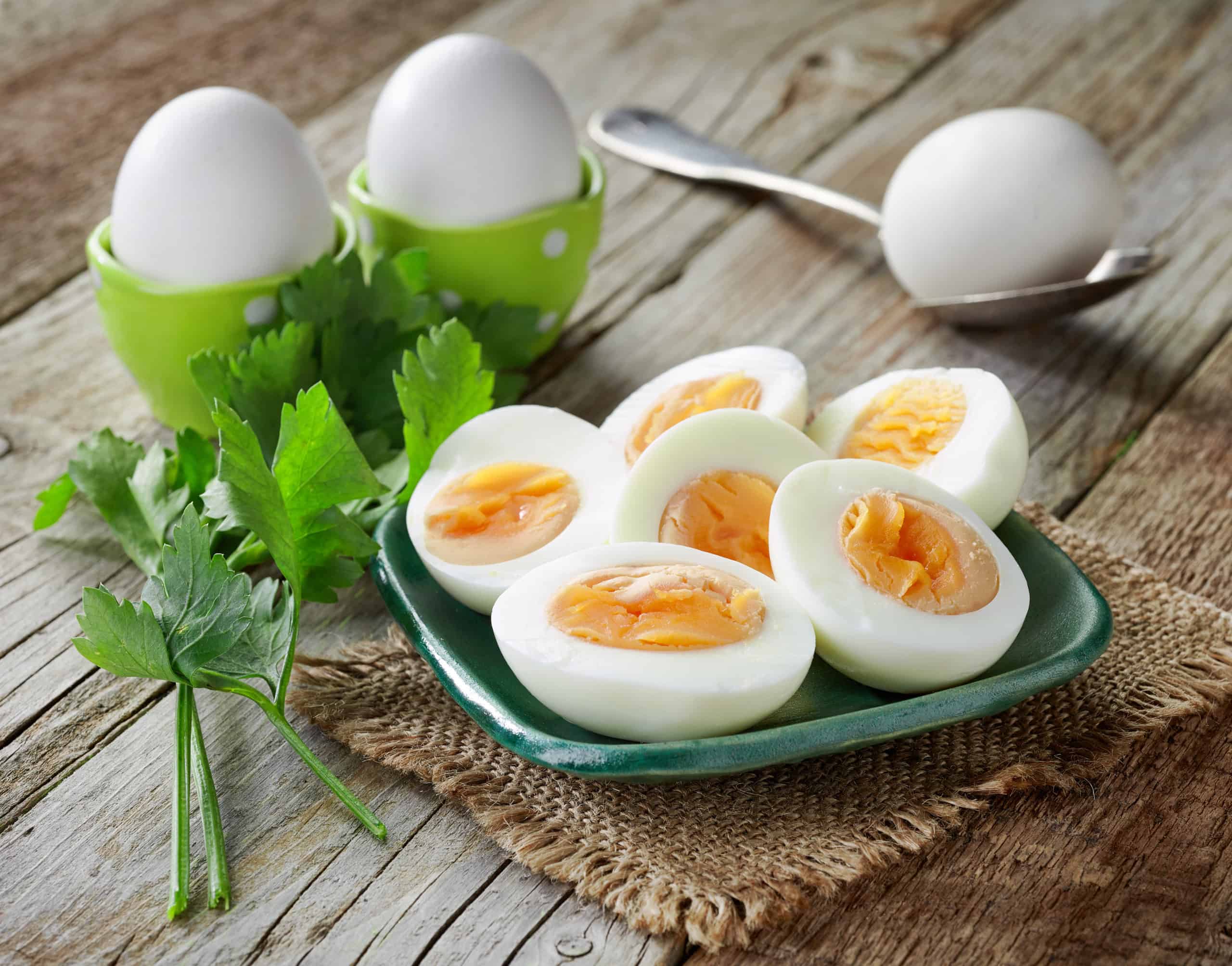
Eggs are a great source of other copper and other important nutrients like calcium and vitamin D. You can boost the copper level in your body by simply eating one egg per day.
However, you need to moderate eggs consumption so as not to disrupt the balance of cholesterol levels in your body.
The benefits of eating eggs include strong bones and higher iron levels. It reduces the risk of congenital disease and keeps you full for a longer period.
Egg yolk is said to provide up 2mg of copper and its also a nutritious source of food for growing children.
2. Liver
Beef Liver is one of the major sources of copper. In fact, you can get up to 10.3mg of copper from one slice (67grams) or calf liver – which is a staggering 1,144% of your recommended daily amount (RDA).
They also contain a good amount of other important nutrients including vitamin A, vitamin B12, folate (B9), riboflavin (B2), choline and iron.
However, pregnant women are advised to avoid liver and other foods that contain high amounts of vitamin A as it can harm unborn babies.
3. Oysters
Oysters are considered the richest source of copper among all seafood. They are a type of shellfish than can be served raw or cooked, depending on your preference.
This low-calorie seafood contains high amounts of different essential nutrients like selenium, vitamin B12, and zinc.
Every 3.5 ounces of this seafood delicacy contains 7.6 mg of copper – which is equivalent to 844% of your RDA.
Oysters and other shellfish do contain a high amount of cholesterol, and you might be concerned about eating them.
However, the dietary cholesterol found in foods like oysters is less likely to significantly increase the level of cholesterol in your blood.
Also, keep in mind that you can risk suffering from food poisoning when you eat raw oysters, so are not recommended for persons with a compromised immune system and pregnant women.
4. Shiitake Mushroom
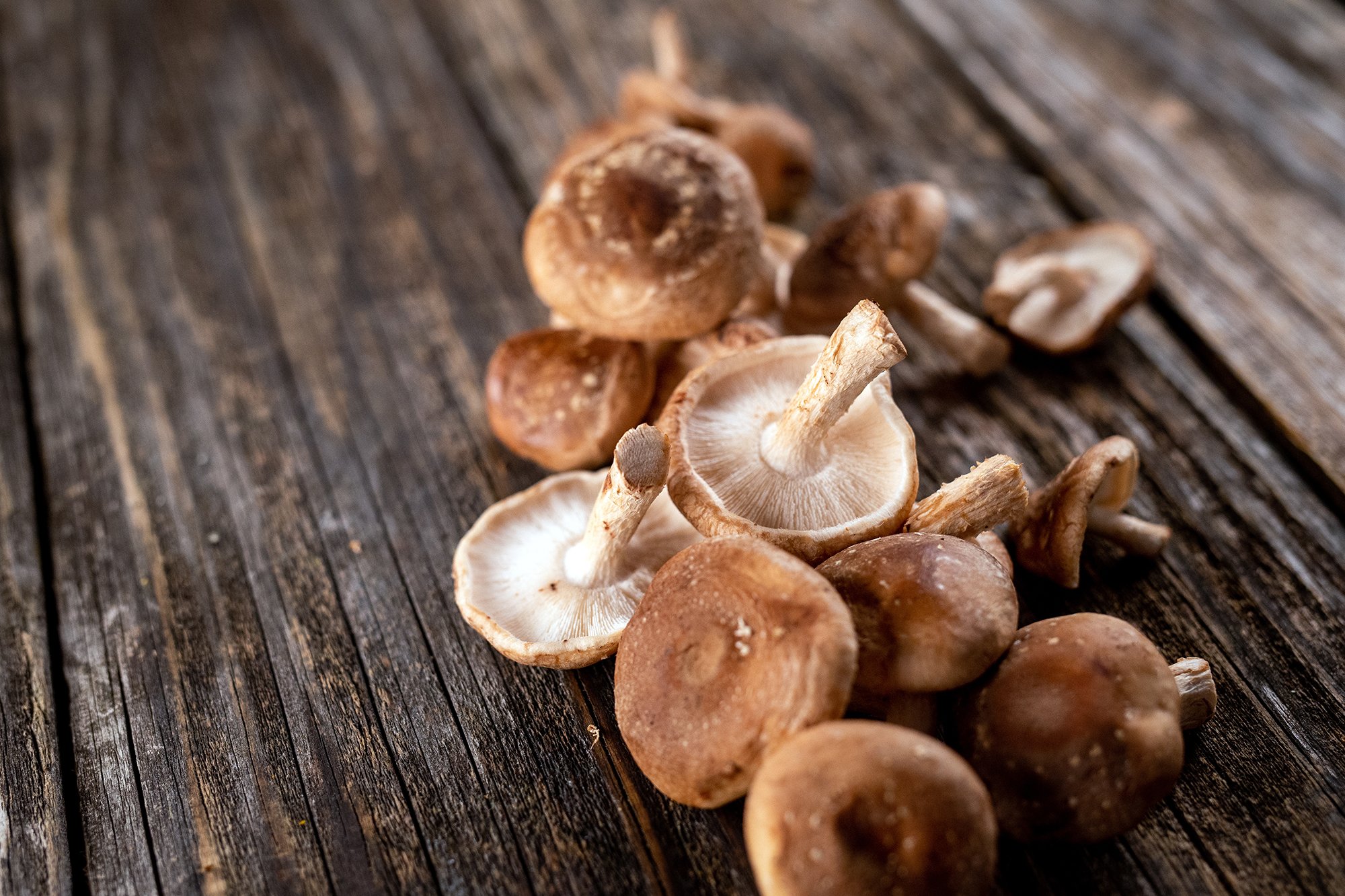
The Shiitake mushrooms are indigenous to East Asia and known for their rich and savoury taste.
They are one of the most popular mushrooms in the world and are used mainly as foods or in supplements.
The shiitake is low in calories and are an excellent source of vitamins and minerals including vitamins B1, B5, B6, B9, and D, manganese, selenium and zinc. Four dried Shiitake mushrooms boast 89% of your RDA for copper.
5. Spirulina
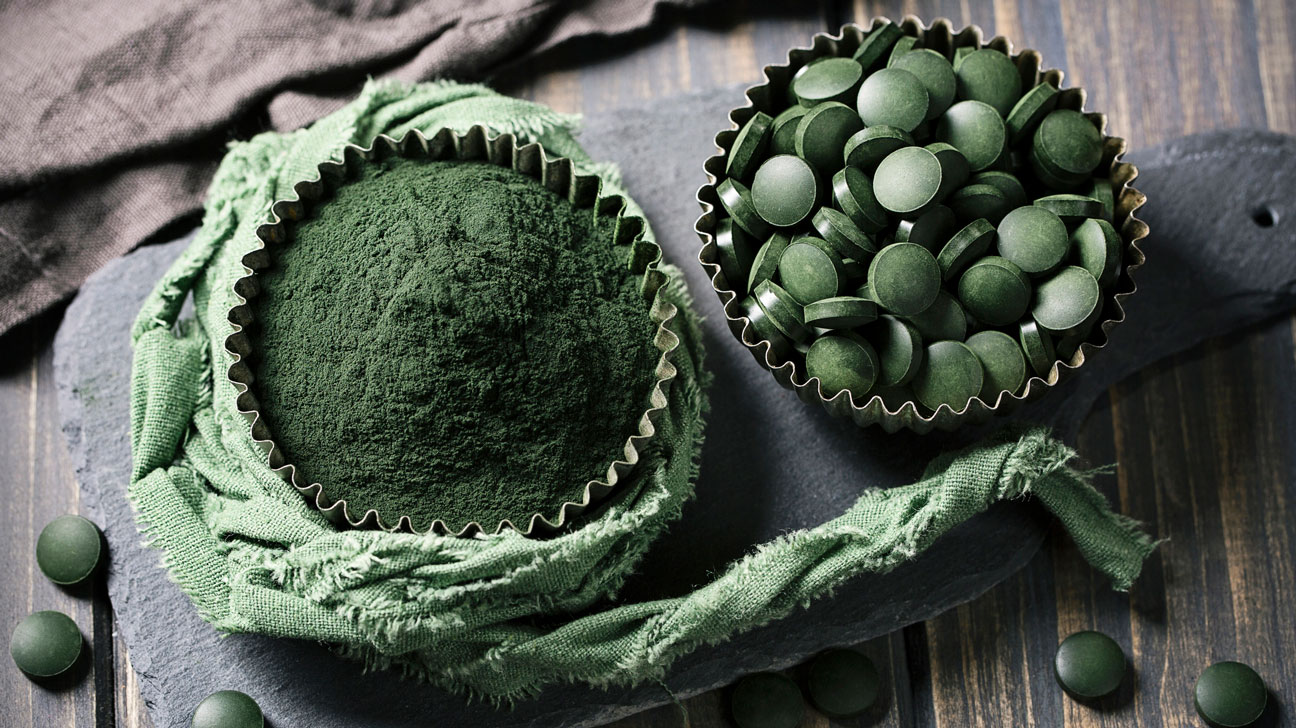
Spirulina is a popular food supplement made from blue-green algae or cyanobacteria.
This powdered supplement was once consumed by the ancient Aztecs but re-emerged as a health food NASA proposed that it could be grown by astronauts in outer space as a dietary supplement.
This tiny alga is highly nutritious. A single tablespoon (7 grams) boasts 4 grams of protein, 17% of your daily intake for thiamine (vitamin B1), 25% of daily intake for riboflavin (vitamin B2), and about 11% of your daily intake for iron with just 20 calories.
The same amount also provides 42% of your copper intake for the day. It can be added to smoothies, cereals or stock. You can also make spirulina into a greenish beverage by mixing it with water.
6. Seeds and Nuts
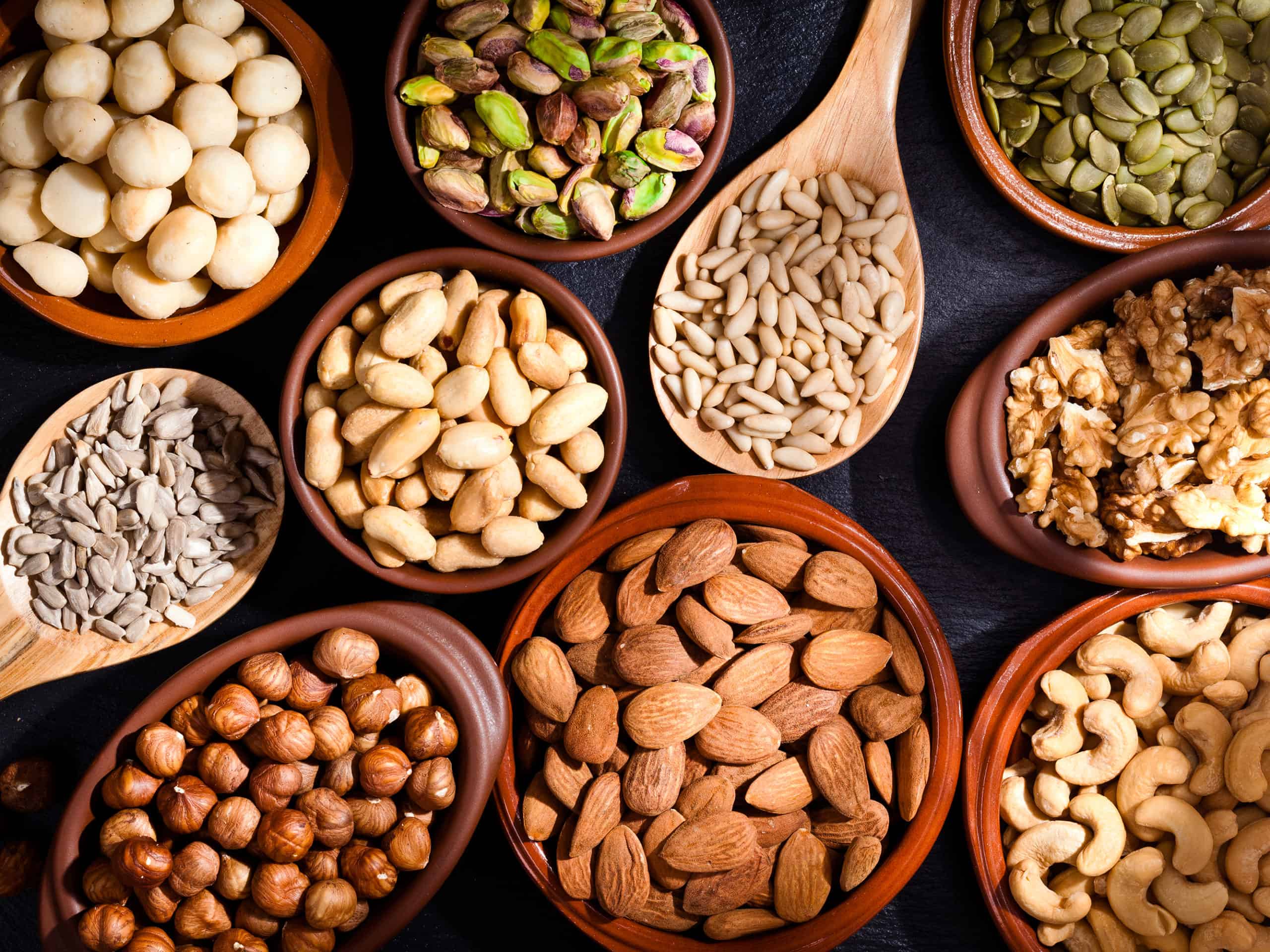
Seeds and nuts are fortified with several essential nutrients.
These tiny nutrient powerhouses have loads of health benefits; they boost energy levels, reduce calories, and also lower bad cholesterol levels.
You can get up to 4.1 mg of copper from a handful of seeds like watermelon, squash seeds, flax seeds, or pumpkin seeds.
Almonds, Cashews and sesame seeds also hold substantial amounts of copper.
For instance, 28 grams (1 ounce) of almonds or cashews delivers 33% and 67% of your daily requirements respectively. While 44% of your copper intake for the day can be gotten from a tablespoon (9 grams) of sesame seeds.
7. Lobster
Lobsters are large crustaceans with long bodies claws and muscular tails.
They are a popular addition to soups and bisque due to their succulent flesh, though they can also be enjoyed on their own.
Lobster meat contains high protein, low fat and other nutrients including vitamin B12, and selenium. It also packs an excellent amount of copper.
A whopping 178% of your copper needs for the day can be gotten from an 85 gram (3 ounces) serving of lobster.
However, lobsters – like oysters and other shellfish – have high cholesterol content. But the amount in the seafood shouldn’t be a concern as dietary cholesterol has minimal effect on blood cholesterol levels in most people.
8. Leafy Greens
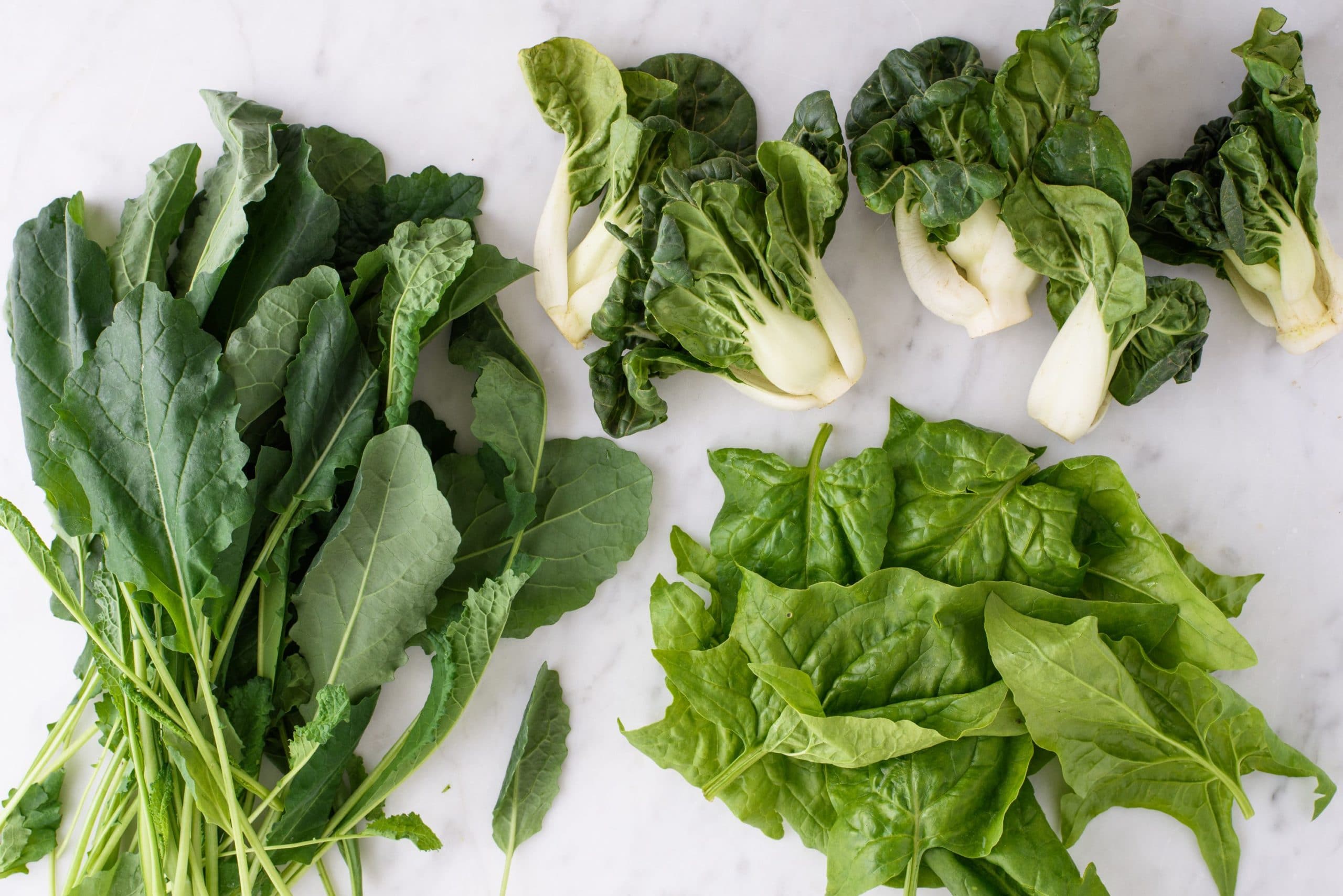
Leafy greens like kale, spinach, swiss chard, and turnip greens are super healthy, boasting nutrients like calcium, fibre, folate, manganese, and vitamin K in a minimal amount of calories.
Many leafy greens are packed with sizeable amounts of copper.
For example, a single cup of turnip greens or cooked spinach provides 40% or 33% of the RDI for copper respectively.
9. Dark Chocolate
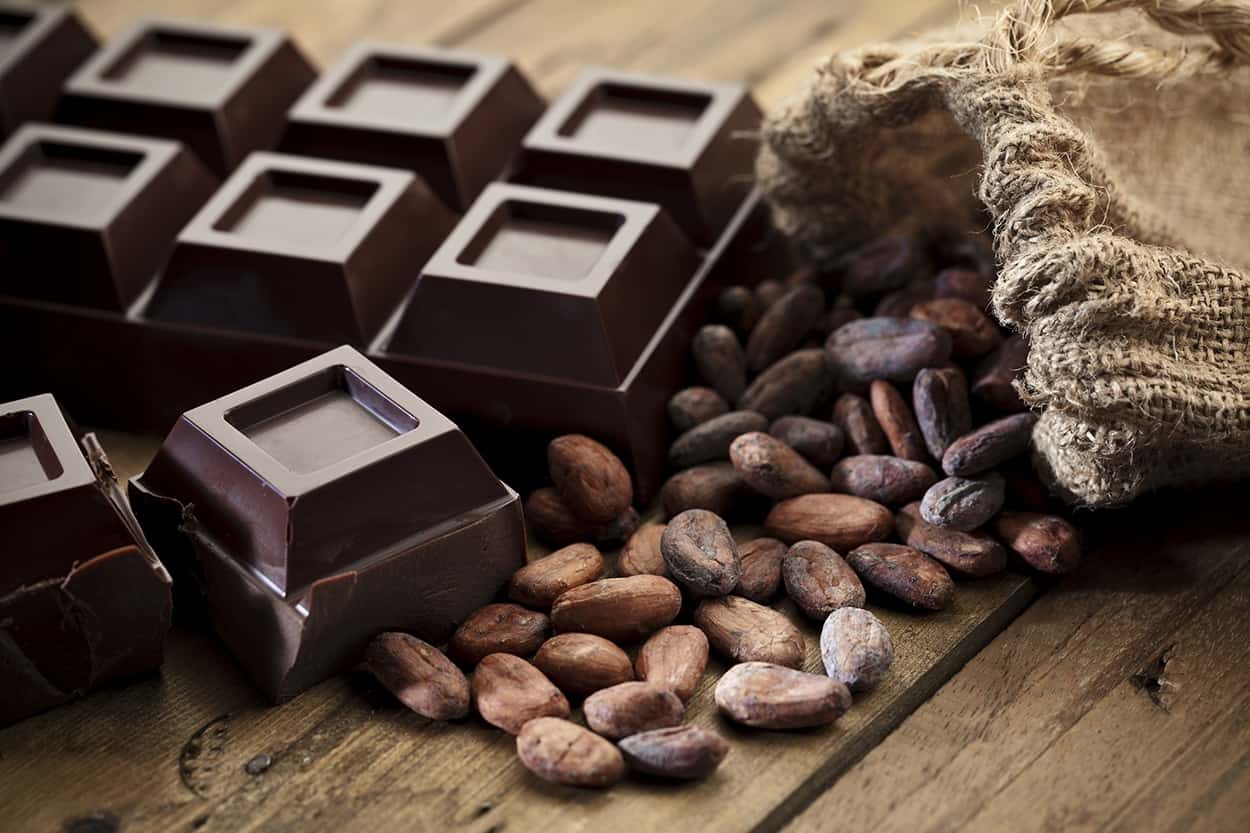
Unlike regular chocolate, dark chocolates consist of mostly cocoa solids with a little amount of sugar and milk. Dark chocolate is packed with flavonoids, fibre and other essential minerals.
For example, you can get 11 grams of fibre, 67% of your daily needs for iron, and 98% of your daily requirements for manganese from a dark chocolate bar of 3.5 ounces (100 grams) with 70-85% of cocoa solids.
The same bar also caters for a massive 200% of your copper intake for the day. Plus, incorporating dark chocolate into your diet also benefits your overall health like;
- Reduced risk of heart disease
- Increased energy levels
- Reduced inflammation
10. Sun-dried tomatoes
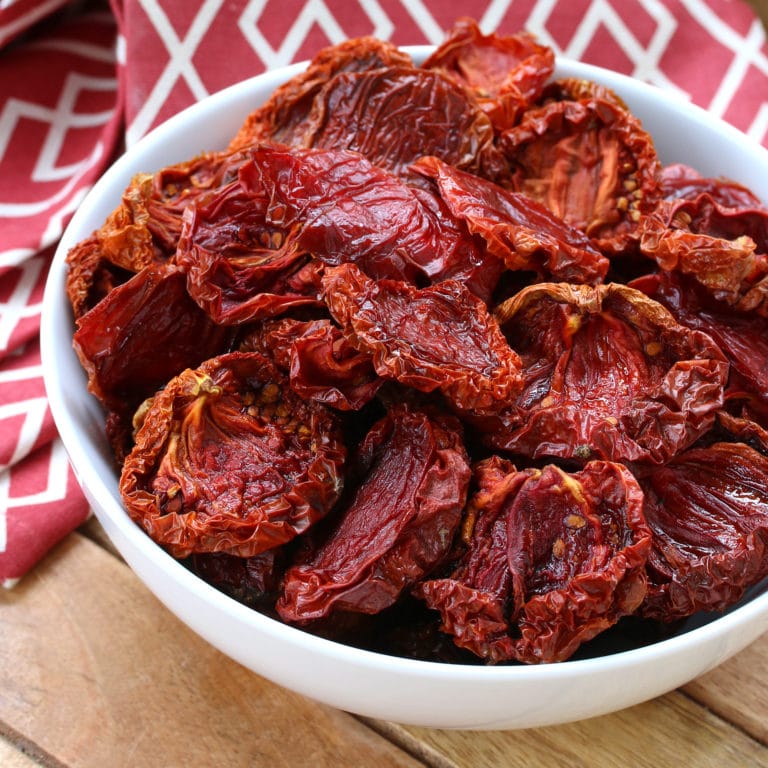
Sun-dried tomatoes are often used in salads, pizza, and sauces.
They are an excellent source of antioxidants and other nutrients including, manganese, potassium, vitamin K and C.
Sun-dried tomatoes also pack a fair amount of copper, as 1 cup (54 grams) contains 38% of your daily value.
Some of its health benefits include improved cardiovascular health, promotion of skin elasticity, and prevents risks of chronic diseases like cancer.
Bottom line
Copper plays a vital role in your overall health. It can be obtained from a variety of food sources, from vegetables to meat.
Its deficiency can have adverse effects on some vital body functions and result in some serious health conditions like osteoporosis and anemia.
To avoid such conditions, be sure to incorporate a variety of its food sources into your diet and balance the copper levels in your body.
References;
- 8 foods that are high in copper; Healthline
- Top 13 foods high in copper; OrganicFacts
- 11 healthy foods that are high in copper; Natural Food Series
- Top 10 copper rich foods you should include in your diet; Style Craze



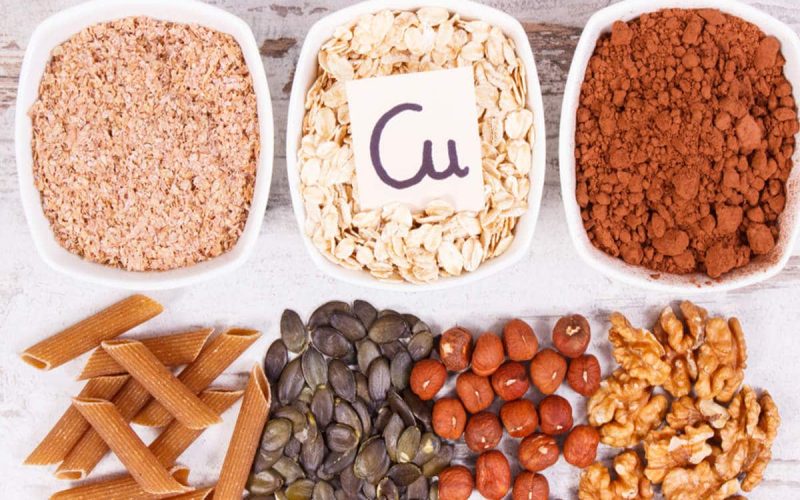

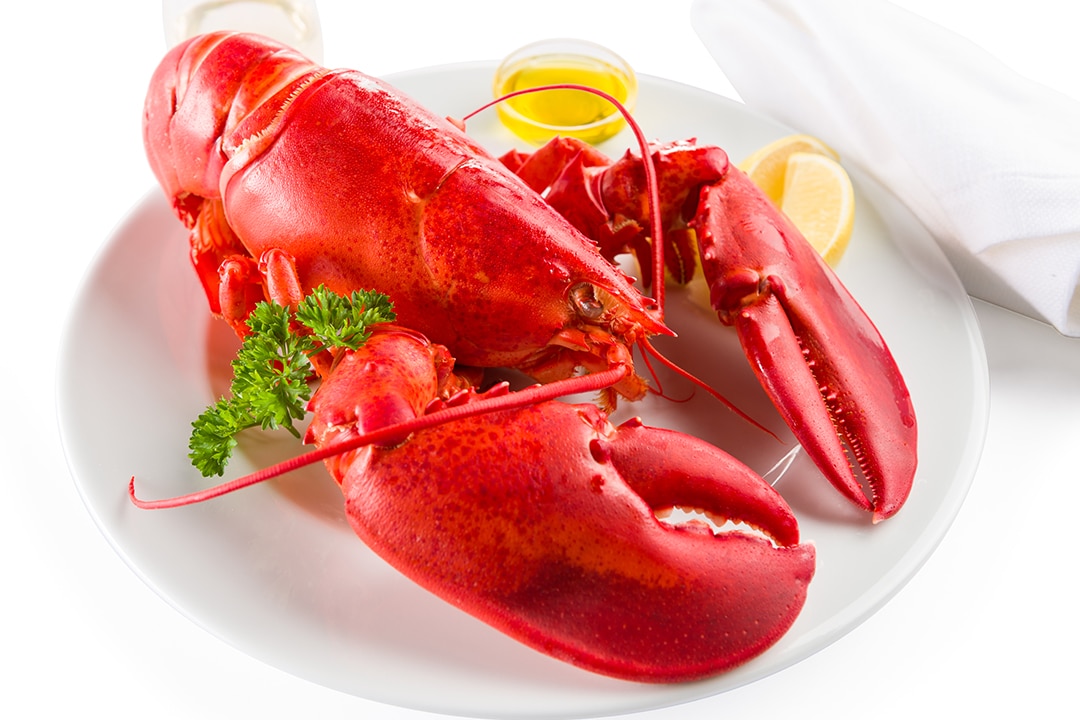
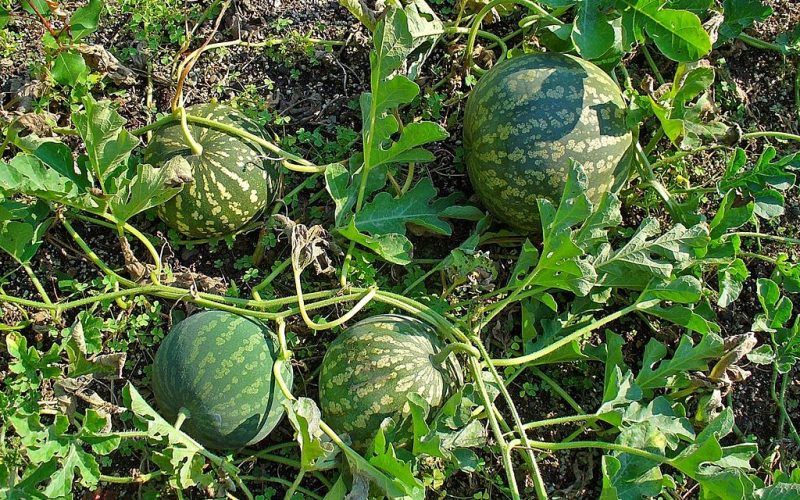
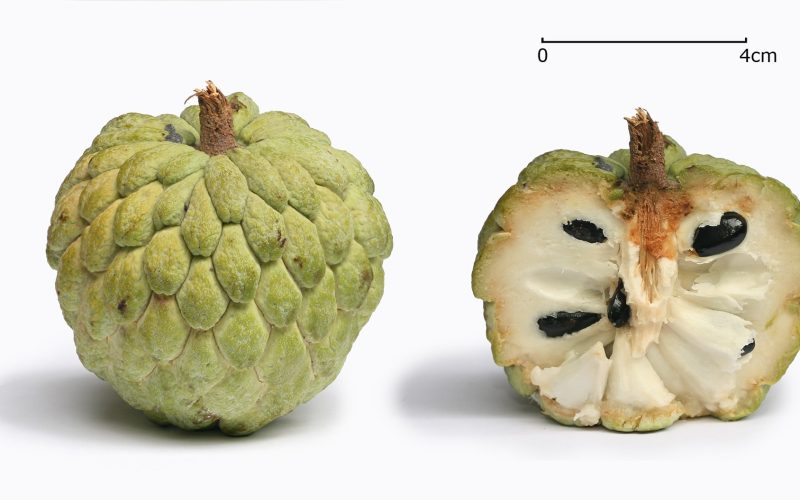
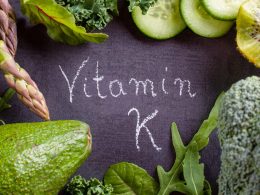
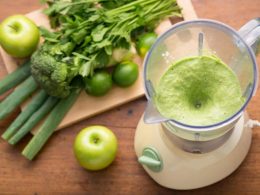
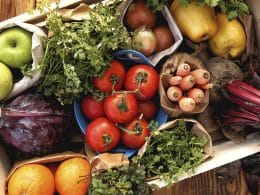
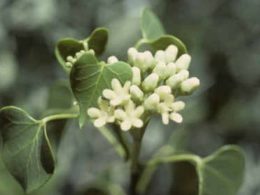
thanks for the list you provided here. This is an awesome blog. More power!